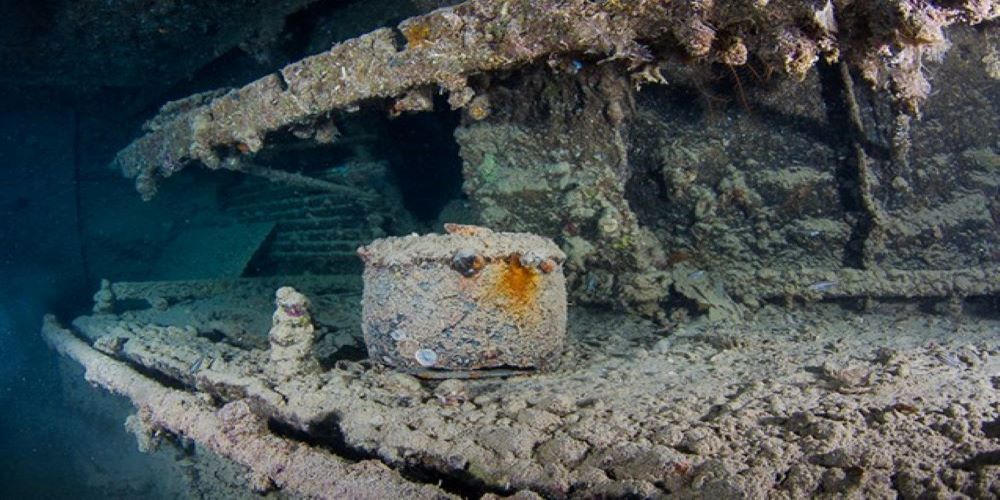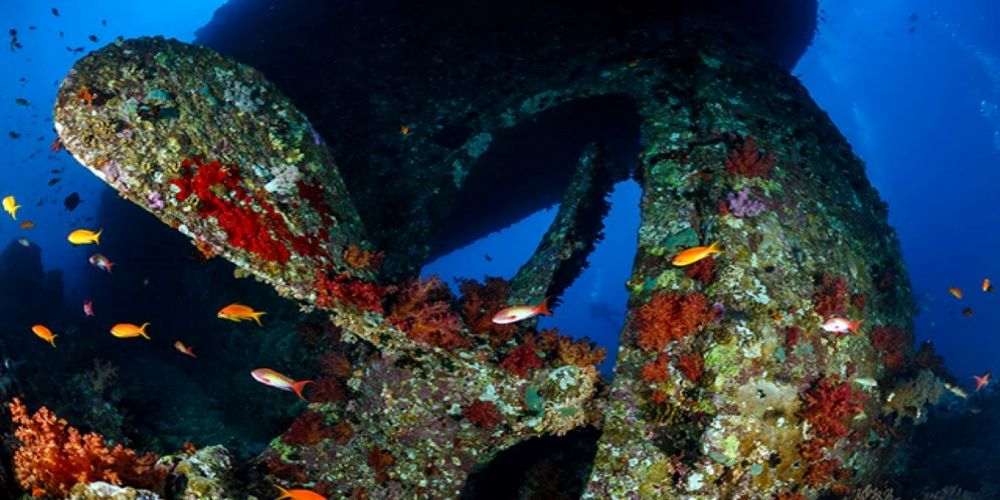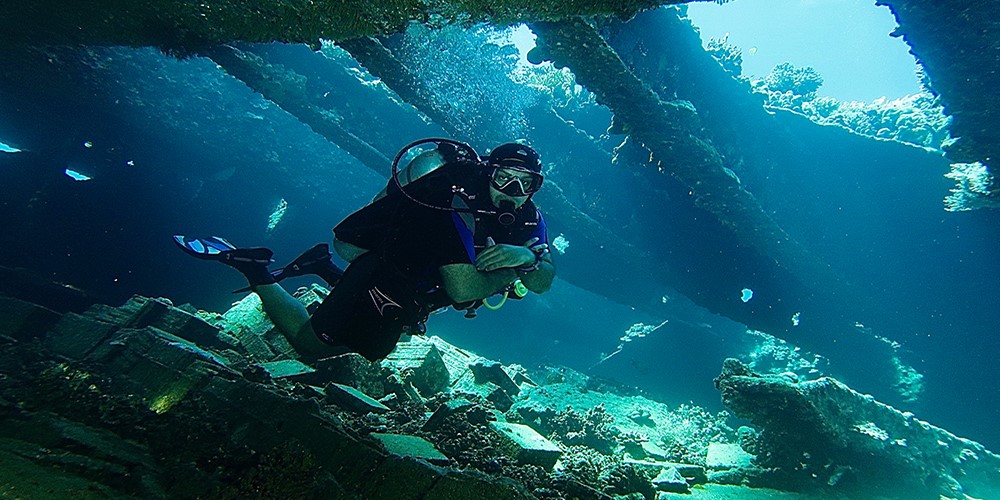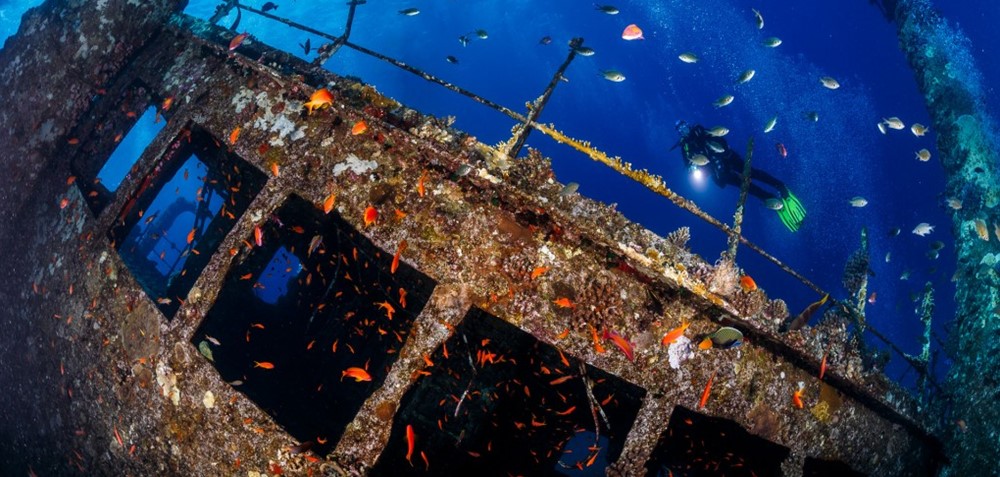North Wrecks & SS Turkia
- Fans of old sunken ships are guaranteed to get their money's worth on this liveaboard. First we go to Shaab El Erg, then the wrecks of Abu Nuhas are on the program, the Carnatic, Chrisoula K, Ghiannis D.
- A trip to the north of the Strait of Suez then leads us to the Turkia. This wreck was discovered only recently. The Turkia sank in May 1941 and lies upright on the bottom between 10 and 24 meters. Since the S.S. Turkia is not too deep and there is not a very strong current, you don't have to be a professional diver to enjoy the dives. Visibility is a bit lower than at other sites in the Red Sea, as the Gulf of Suez is only about 60 meters deep and is a very busy waterway.
- The next wreck on the "menu" speaks for itself: The Thistlegorm, one of the most famous wrecks in the entire Red Sea. The freighter, which sank in 1941, with its motorcycles, trucks and offside locomotive, captivates every diver. If weather and current conditions allow, on the way back you can dive the Rosalie Moller - a wreck that sank the same night as the Thistlegorm and lies below 40 m in the middle of the Strait of Gubal.
SS Thistlegorm
The English ship was on her way to Egypt to supply the English Africa Corps with supplies when she was attacked by a German bomber on 6.10.1941 and sank.
The wreck lies upright on the seabed at a depth of 30 meters.
The cargo is especially interesting: tanks, trucks, weapons, motorcycles, railroad cars as well as a locomotive.
The Thistlegorm is a must for every Red Sea diver. She is a delight for wreck enthusiasts, not to mention her spectacular cargo.
But she also offers a variety of fish. Schools of barracudas or big tunas and snappers are not uncommon here. As an artificial reef, it also attracts countless coral fish.
Shaab el Erg
Shaab el Erg is an extensive reef, in the shape of a horseshoe. This formation is open to the south with a shallow lagoon, which is full of ergs. The whole lagoon can be dived.
Very popular are the northern tip, the eastern wall or the southwestern tip - Gota Shaab el Erg.
Bluff Point
This dive starts at the northeasternmost point of the tip and then follows the coral wall diving south to the arched bay, the north side of Little Gubal Island. A strong current pushes the diver in a southerly direction, so it is best to stay as close to the wall as possible.
Along the rounded tip where the dive begins, large Napoleon wrasse can be encountered and often turtles.
SS Turkia
In 1916 she was used for the Hull-Trieste route. With the beginning of the 1st World War she was used for trade between Manchester-Liverpool to St. Petersburg, Revel/Riga and she completed a total of 6 voyages. After the war she was frequently used to carry perishable fruit and often coal.
Due to the poor Russian economy between 1920 and 1935, there was eventually a trade ban on non-Russian ships and the Ellerman Wilson Line had to reorganize. The Livorno was sold to Greece and sailed into Piraeus in December 1935 under the name S.S. Turkia.
The last voyage
What is known so far is that the SS Turkia sailed from New York in May 1941 with the destination port of Piraeus in Greece. Because of the turmoil of war, the longer and supposedly safer route via the Red Sea was chosen. A few kilometers from the Suez Canal, a fire broke out in one of the holds - other reports say that the Turkia was bombed, similar to the Thistlegorm.
Today, the SS Turkia can be found upright in her last berth at a depth of 24 meters. The minimum depth is 10 meters - so ideal for extended explorations.
The steam freighter, built in 1909, is a proud 91 meters long and 13 meters wide. Meanwhile, the wreck is beautifully overgrown with soft corals.
Siyoul Kebira
Sometimes sand valleys (wadis) interrupt the reef, then there are overhangs and crevices to explore.
An overabundant growth of corals and countless fish amaze the diver. The dives with a mostly fast current lead to the northern tip.
Siyoul Soraya
It's a fantastic, colorful dive, where you can discover all kind of reef fishes of the Red Sea.
Shaab Umm Usk
The lagoon is famous for the resident bottlenose dolphins, which, if they are not disturbed and therefore move away, can be observed as they perform maneuvers worth seeing.
The lagoon is protected in all weather conditions, not least because of the isolated coral formations at the southern tip that limit the wave action.
The most suitable spot for diving is in the southwest, behind the coral reef.
Umm Gammar
The island is surrounded by a wide coral reef reaching up to 2 km to the north, half rising out of the water. The way to Umm Gamar can sometimes be a bit rough due to the weather, but over the south plateau you will find enough shelter to moor.
The typical dive of Umm Gamar takes place on the eastern side of the island. The zodiac drops you off at the desired spot and you drift south along the eastern wall until you reach 3 coral towers that mark the beginning of the south plateau. Two of the coral towers are hollow and filled with glassfish. The third has a large sandy cave at 27m. All three are covered with purple soft corals and a cloud of glassfish bustle in the hollows.
Carless Reef
The reef consists of two prominent pinnacles ( madrepores pinnacles) that stand on a plateau. The two pinnacles are easily visible thanks to the crystalline water in this little protected place.
The dive is often not doable because of the lack of protection for the boats.
The dive site is famous mainly because of the giant moray eels that live here and like to come out of their caves.
Rosalie Moller
Due to the mostly prevailing north current there, she was lying almost exactly with her bow aligned to the north on the port anchor. The attack must have come very unexpectedly on the unarmed coal freighter.
A bomb hit on the starboard side at the level of the rear hold caused the ship to sink rapidly. Today, the Rosalie Moller stands upright in a north-south direction on her keel, which lies at 50m on a firm sandy bottom.
The Rosalie Moller is a unique experience, even if the visibility at the wreck is often very poor (for the conditions in the Red Sea), not only due to the depth (the upper deck is at 30m).
It is certainly not suitable for beginners, as every dive goes hard to the DEKO limits and the ascend on the rope is a conditioning exercise with the often prevailing swell and current.
Abu Nuhas / Carnatic
The Carnatic, on a voyage from Liverpool to Bombay with 27 crew, 203 passengers, and a cargo of cotton, copper plates, and 40,000 pounds sterling in gold, ran aground on the reef Shab Abu Nuhas on the night of September 13, 1869. The ship initially remained on the reef, but broke apart and sank on September 15, despite various rescue attempts .
Overconfidence in the ship's stability had a disastrous effect. Since the Carnatic had not been cleared and passengers and crew members were on board, the ship took 27 people down with it . The survivors first rescued themselves on Shadwan Island and were later recovered by the Sumatra.
In October 1869, a helmet diver recovered most of the gold cargo as well as 700 copper plates. Several bodies were also discovered - one victim was still stuck in a porthole through which he had tried unsuccessfully to escape. 8,000 pounds sterling could still be in the wreck. No one has found them yet - perhaps they were secretly salvaged or disappeared under coral.
The wreck was rediscovered in 1984 and has been a popular destination for Hurghada dive boats ever since. Since then, souvenir hunters have plundered it thoroughly. The Carnatic lies on its side at the base of the reef at a depth of 20 to 27 meters. In the middle the ship is badly damaged, bow and stern are well preserved. The wooden decks have rotted away so that it is safe to enter the interior. The hull is densely covered with stone and leather corals.
Abu Nuhas / Chrisoula
After several previous owners, she finally changed to the shipping company Clarion Marine and was given the name Chrisoula K. Under this name she also made her last voyage, which took her to the area of the Abu Nuhas reef in the Red Sea on August 30, 1981 with a cargo of cheap Italian floor tiles.
Due to a navigational error by the captain, the ship ran aground on the reef during the night of August 30 and sank.
Today the wreck lies in an optimal position for divers at a depth between 5 meters and a maximum of 25 meters.
The ship is in a slight inclination, the middle part is heavily damaged by the impact.
Abu Nuhas / Ghiannis
For a long time the front half, which had run up on the reef, remained stationary and indicated the place of the accident, then it too sank and lay down on the port side.
The aft half of the wreck lies somewhat inclined on the port side. Above the front of the quarterdeck rises the smokestack with the large letters "D". The "D" stands for the name of the shipping company: Danae.
In front of the chimney is the bridge deck, behind it other spaces, a huge winch, the bollards, the intact railing, and even the frame that used to support a large awning was not damaged in the sinking.
At the base of the funnel are narrow portholes leading into the engine room. The engines are an impressive sight with their long rows of cam arms, valves and pipes.
The middle section of the ship resembles a junkyard, as iron girders are bent and torn, and the sides lie collapsed on the seabed. This area of the wreck is teeming with crocodile fish, scorpion fish and parrot fish. Some groupers have also made their home here.
Itinerary
ATTENTION: The tour description is only a suggestion. Which dive sites are dived on the tour depends on many factors, including wind and weather.
Arrival
After arrival in Hurghada transfer to the boat.
Check in, dinner and spending the first night on board in the marina.
Departure
Departure in the morning.
Familiarization of the boat,
Diving, safety and equipment briefing.
Umm Gammar two dives
Nighdive at Beacon rock
Ras Mohamed
Dives at Shark Reef and Yolanda, Anemone Reef
Baecon Rock - Dunraven
Shaab Ali
SS Thistlegorm
Diving at SS Thistelgorm
SS Turkia
Dives at SS Turkia
Rosalie Moller
Dive at Rosalie Moller, Chrisoula K, Carnatic
Night dive at Abu Nuhas
Return
Dives at Ghianis D, Umm Gammar
Return to the port
For safety reasons you should not dive 24 hours before your flight home.
Check Out
Breakfast and check out no later than 10 am.
Transfer to the airport or hotel.

 ENGLISH
ENGLISH
 РУССКИЙ
РУССКИЙ
 DEUTSCH
DEUTSCH

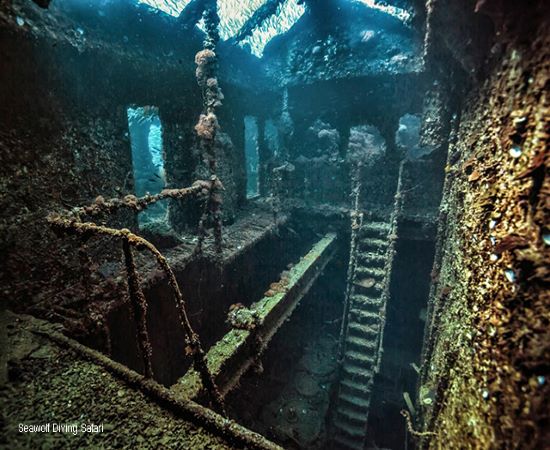
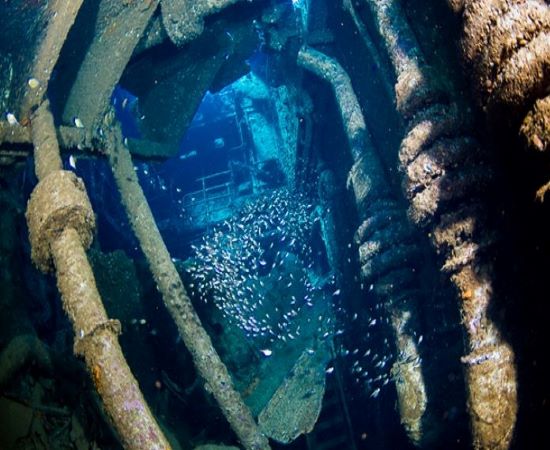
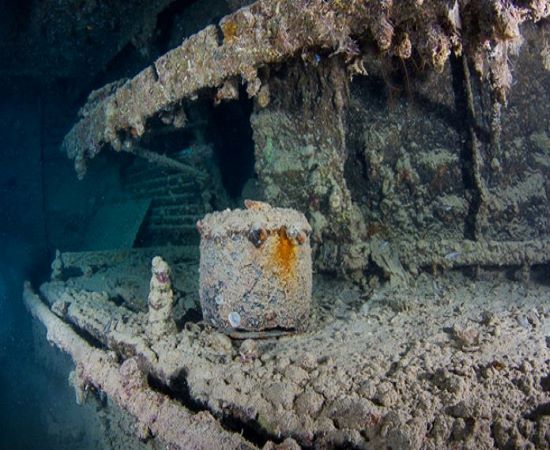
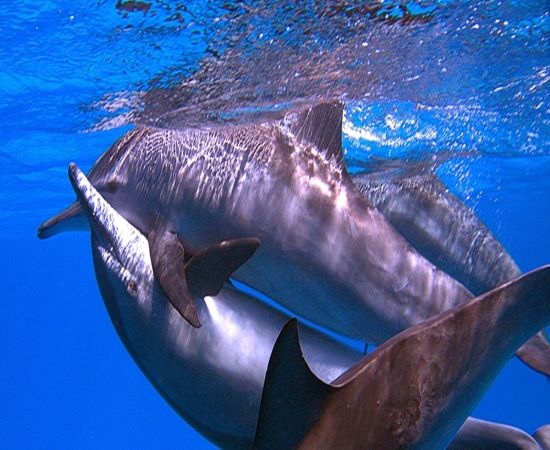
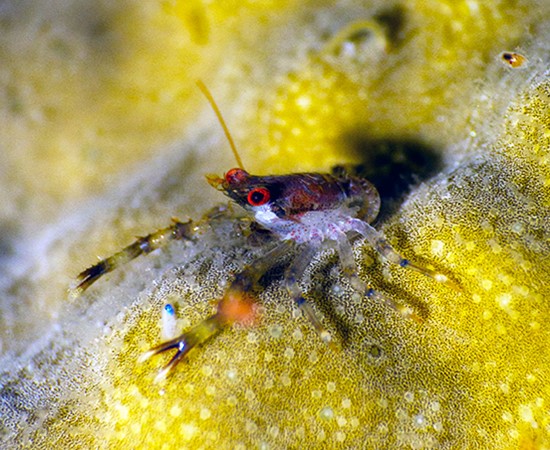
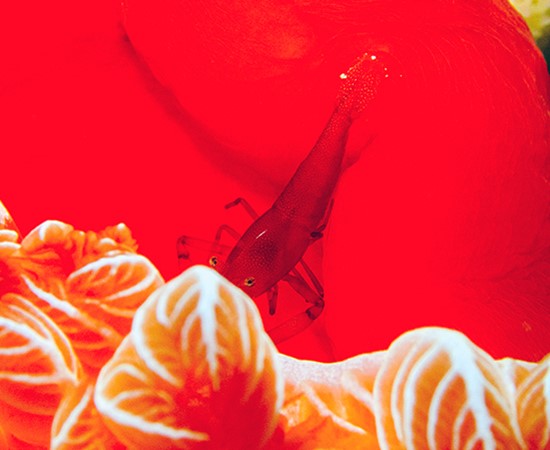
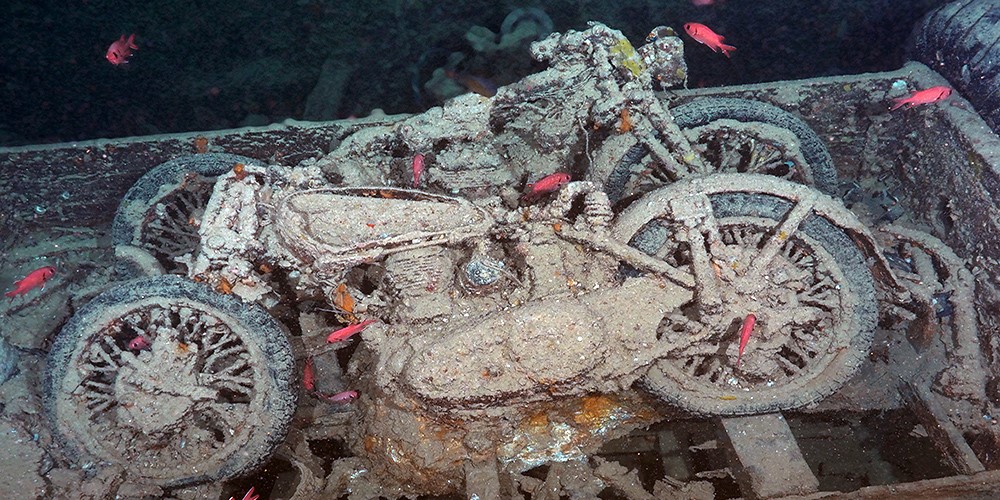
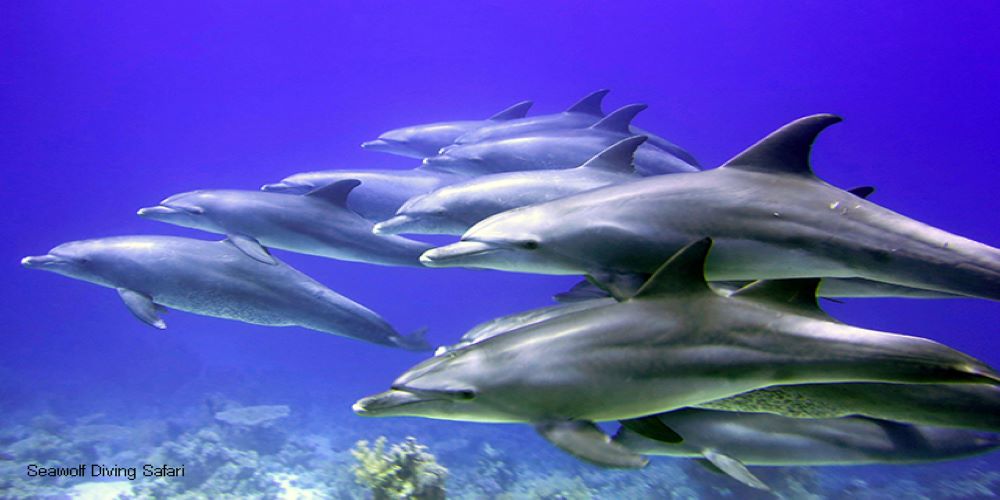
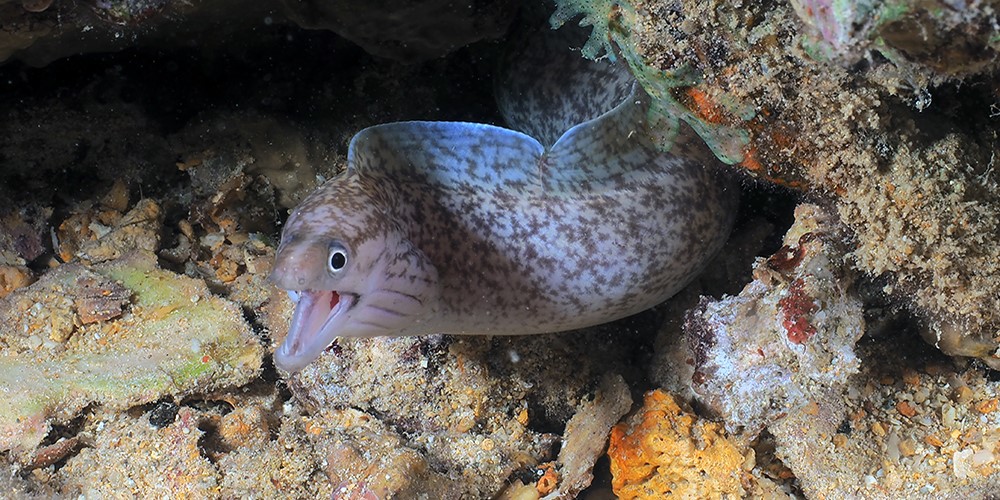
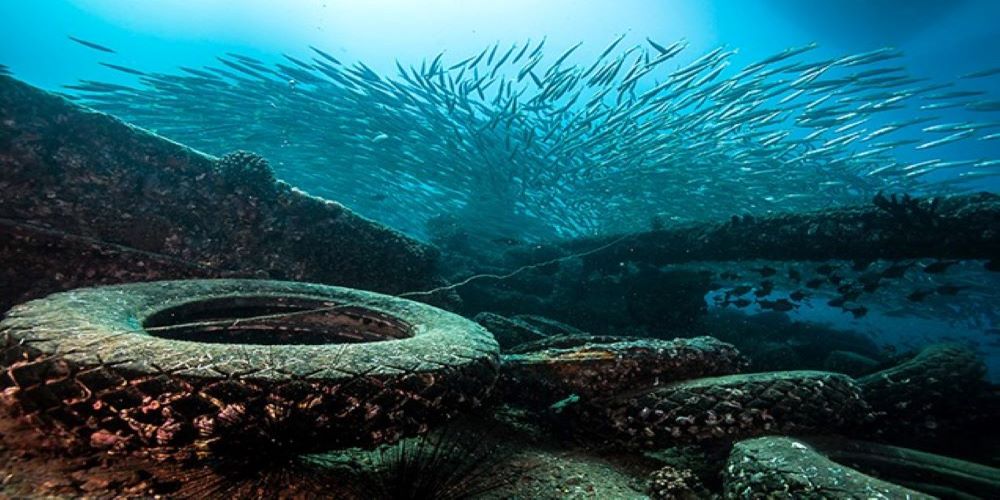
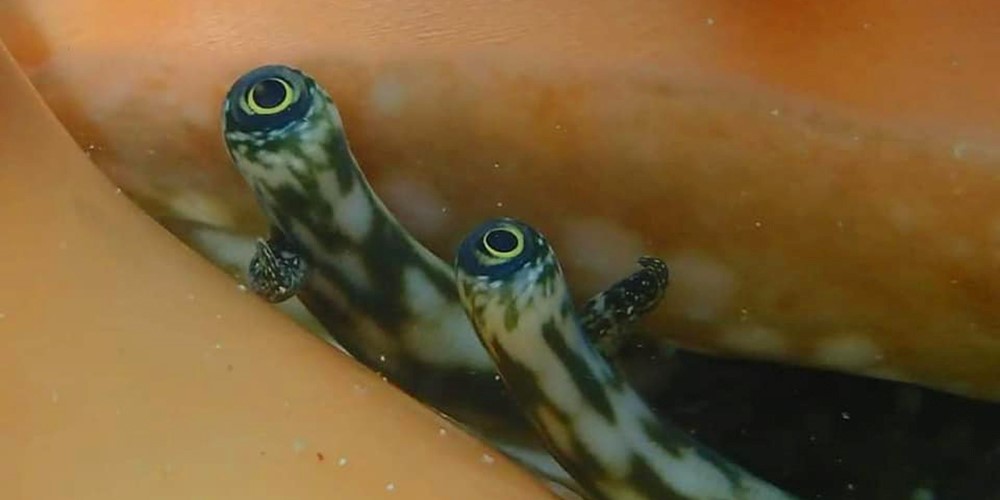
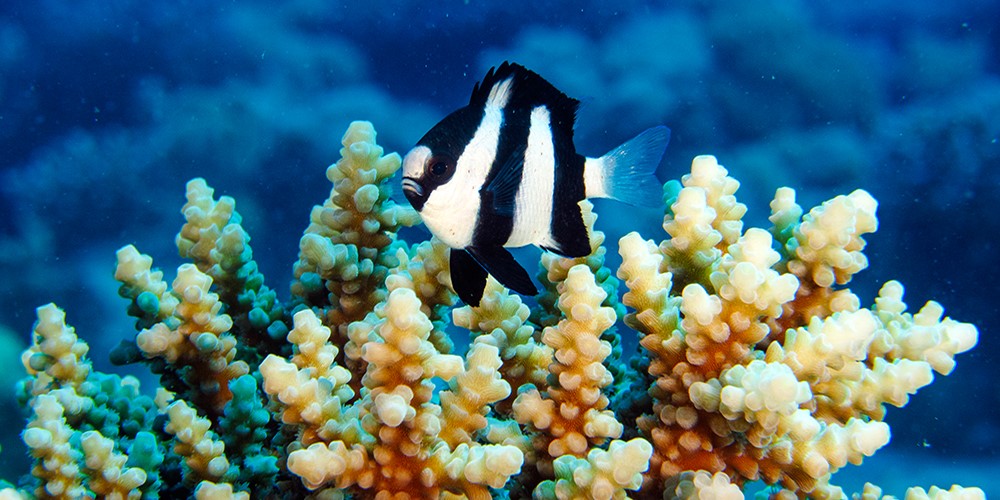
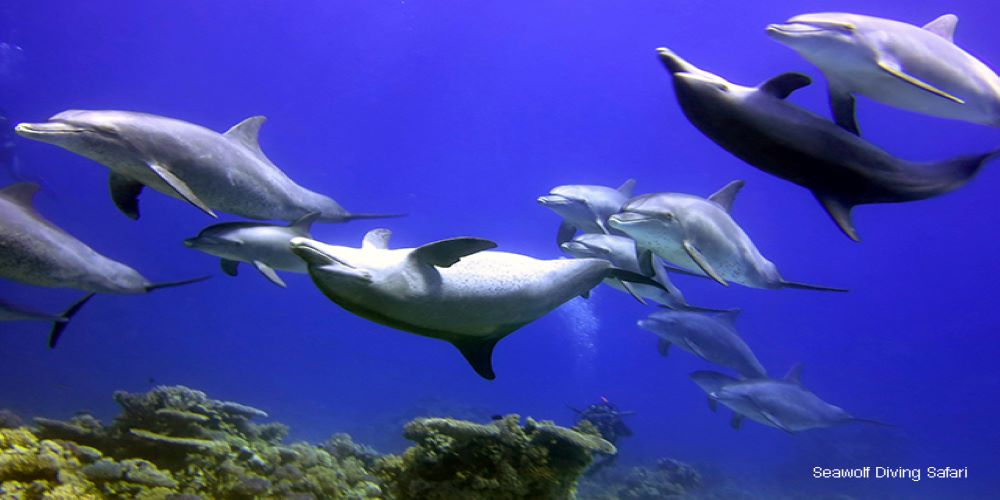
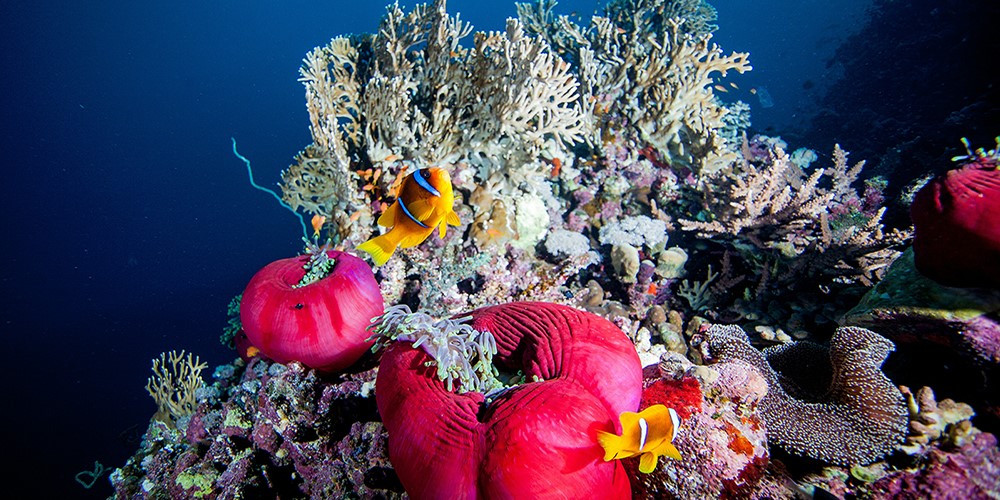
_lg.jpg)
